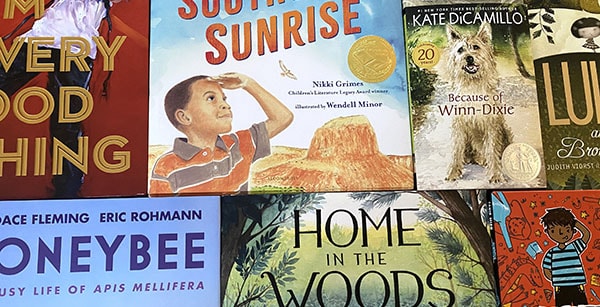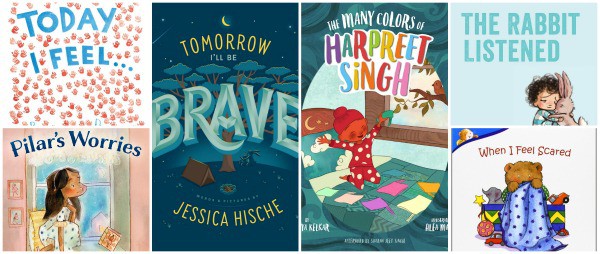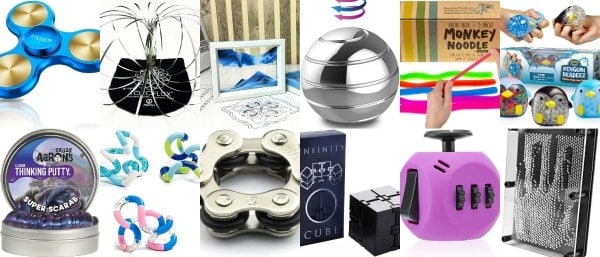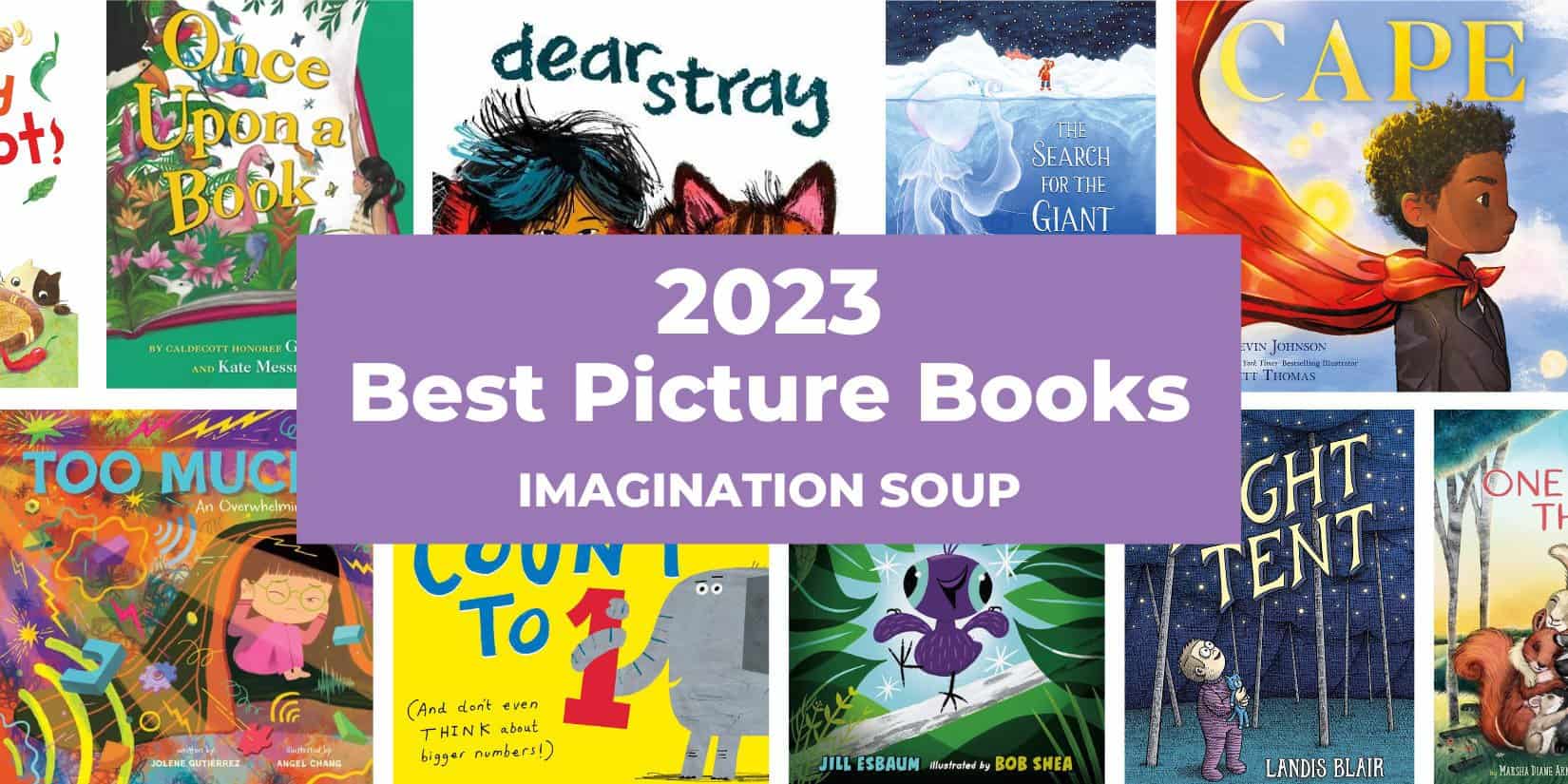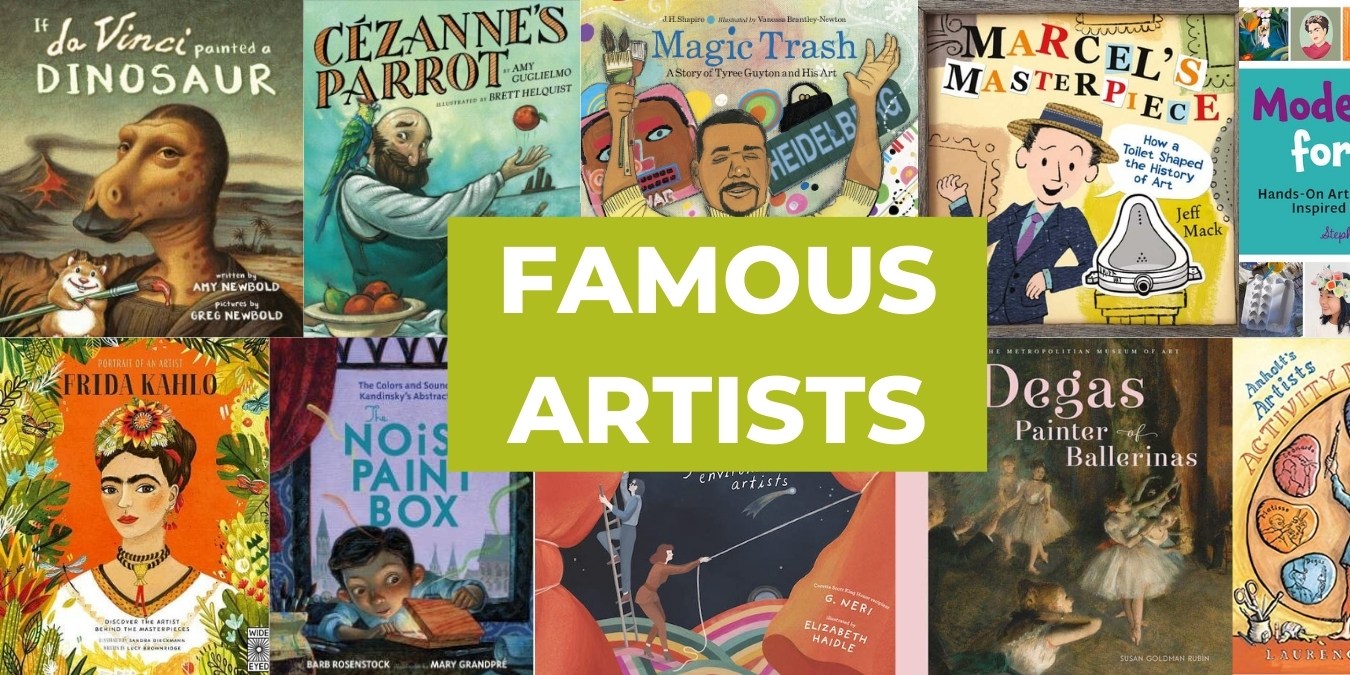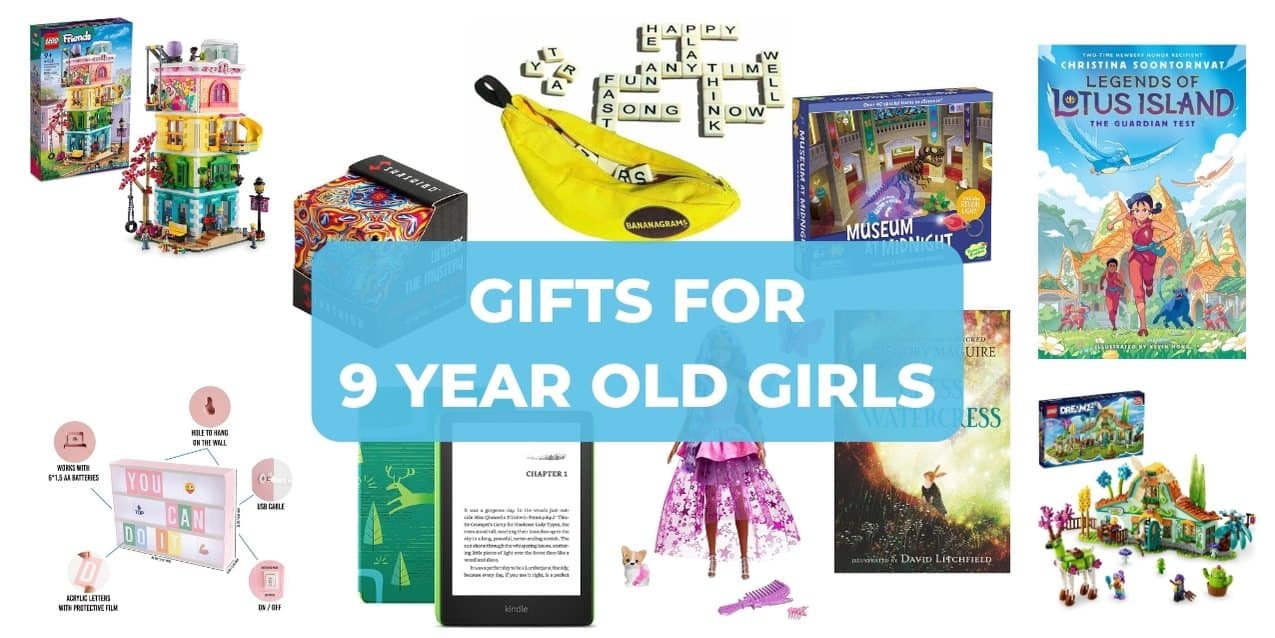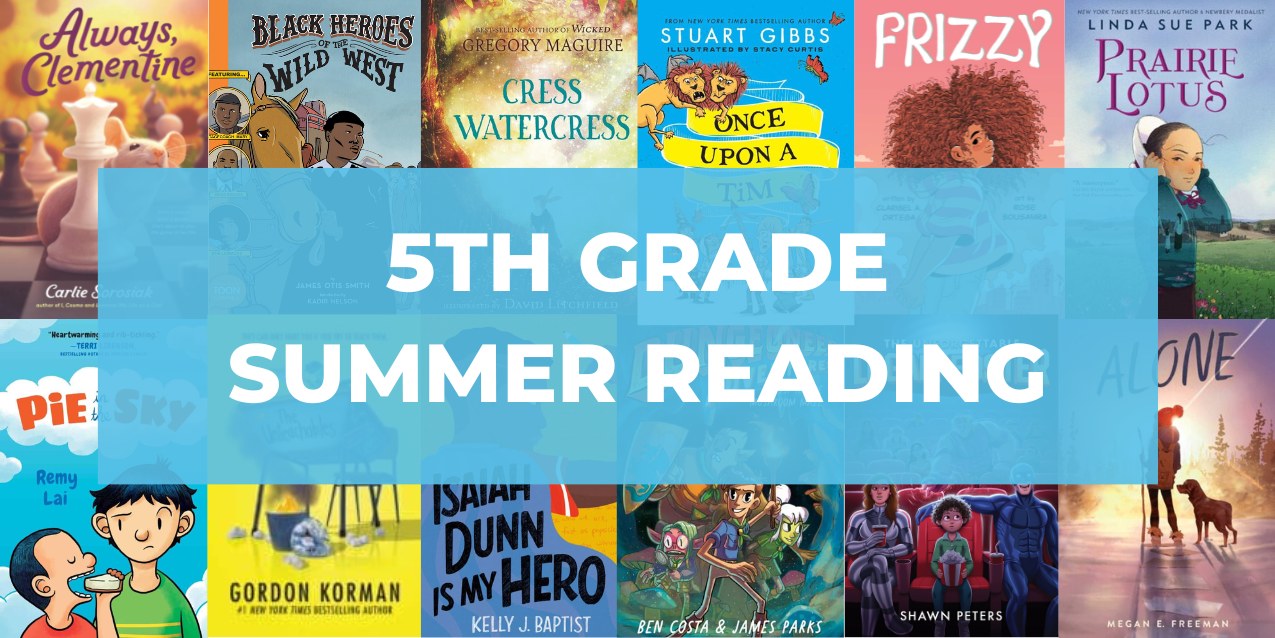Social-Emotional Learning Resources for Teachers
This post may contain affiliate links.
Do you know will help student behavior and improve learning?
A safe learning environment where students can regulate emotions and are explicitly taught how to name and manage their emotions, among other skills. In other words, a classroom that prioritizes Social-Emotional Learning (SEL).
If kids don’t have a handle on managing their emotions or are emotionally dysregulated, they WILL NOT BE ABLE TO LEARN –or access MEMORY.
In a meta-data analysis of this research, CASEL, the Collaborative for Academic, Social, and Emotional Learning, shares that “hundreds of studies offer consistent evidence that SEL bolsters academic performance.”
That’s why we MUST plan for the affective part of learning and teach social-emotional skills –because it’s actually essential for academic success – and will decrease the unwanted behaviors in your classroom.
Social-Emotional Learning Resources for Teachers
CASEL defines Social-Emotional Learning as acquiring “the knowledge, skills, and attitudes to develop healthy identities, manage emotions and achieve personal and collective goals, feel and show empathy for others, establish and maintain supportive relationships, and make responsible and caring decisions.”
The five specific CASEL competencies in social-emotional learning are:
-
- self-awareness
- self-management
- social awareness
- relationship skills
- responsible decision-making
Over the past year, student behavior was more disruptive than ever. Many students struggled with emotional awareness, anger management, self-regulation, boundaries, and cooperation, just to name a few of the above SEL topics.
Anyone else think it’s high time we advocated for SEL training for our school buildings with solid curriculums so we can teach SEL EVERY DAY?
If you get push back from parents or administration, remember that you have SO MUCH RESEARCH to back you up.
And if you are one of the lucky ones who already has support and curriculum– comment below with what is working for you!
Positive Relationship with an Adult
Start with building positive relationships with individual students. (Bonus, you don’t need a curriculum for this!)
“If you feel safe and loved, your brain becomes specialized in exploration, play, and cooperation; if you are frightened and unwanted, it specializes in managing feelings of fear and abandonment,” writes Dr. Bessel van der Kolk.
“Students must feel physically safe and emotionally secure before they can focus on the curriculum,” writes David Sousa in his book How the Brain Learns. (Sousa, 44)
Many research studies confirm that kids need just one positive relationship with an adult (Bruce Perry, Mark Hackett, Nadine Burke Harris, and David Sousa) in order to be successful in their lives. In order to learn, control their behavior, and feel safe.
How do you support and care for students intentionally?
- show interest
- ask questions
- acknowledge their feelings
- use their names (pronounced correctly) for positives, not negatives (in other words, don’t yell their name across the room for correction)
- be equitable (not equal)— give each student the support that they need individually
- be real and authentic (you can model social-emotional skills throughout the day)
Read more specific ways how to build positive teacher-student relationships in my article for Brightly.
Trauma, Dysregulation, and Learning
Learn how dysregulation affects learning. Dr. Bruce Perry explains that before kids can learn (and adults can teach,) they need to be REGULATED.
A regulated person is in control of their emotions. Regulated students and teachers can store and retrieve information, problem solve, calm themselves, and find optimism. They’re able to learn and access memory.
A dysregulated person is not in control of their emotions. They might have outbursts, tearfulness, or aggression. They are not able to learn or recall memories.
And what’s more, we need to be regulated before we can help dysregulated students. If you’re reacting with anger, take a minute to regulate yourself.
And here’s a good thing to know — dysregulation can be contagious! The mirror neuron effect from one dysregulated kid or teacher can affect the entire class. Which is not helpful. So, regulate.
Regulatory Activities (That Support Your Nervous System & Vegus Nerve)
But how do you regulate?
- Rhythmic movement or dance
- Sing / Hum (in unison)
- Deep belly breaths
- Laugh
- Drum
- Tap
- Time in Nature
- More ideas
SEL Best Practices
Even without a curriculum, you can implement routines and procedures that support a child’s sense of safety and regulation. What’s more, consistent routines and procedures are proven to reduce stress. (Darling, et.all, 2019)
Here are some ideas that support a safe, non-stressful environment, and relationship building.
- Greet students at the door and send kids off with a goodbye or checkout routine.
- Have a predictable daily routine.
- Give warnings for transitions.
- Always have clear expectations for behavior that you model and practice.
- Train kids how to use a calm down corner– and let them use it as needed.
- Teach mindfulness and deep breathing. Take breaks for both.
- Take movement breaks.
- Use literature to talk about how characters handle and process emotions.
- Use journaling and poetry to express feelings.
- Connect with students regularly whether in conferences about reading and writing or other moments throughout the day.
While the research shows the need for explicit instruction, it’s also true that you can successfully weave SEL into daily routines and academic activities.
Social-Emotional Learning Curriculum
Let’s talk about which curriculums to consider…
CASEL recommends the curriculums be sequenced, active, focused, and explicit.
- RULER
“The goal of RULER is being able to name your emotion and express how you’re feeling,” explains Colorado principal Diane Naghi. “The teachers have the kids check in with the Mood Meter in the morning. You would know right away when they walk in the door what quadrant they would hit. You knew if they were feeling upset about something.” (Naghi raves about this curriculum that she implemented school-wide.)
From their website: “RULER is an approach to social and emotional learning (SEL) that teaches emotional intelligence to people of all ages, with the goal of creating a healthier, more equitable, innovative, and compassionate society.” - Neurosequential Model in Education
This is Dr. Bruce Perry’s approach for learning that considers trauma, the brain, and how both affect learning. (Note: He will never call it trauma-informed because he hates the term since it’s not normed — in other words, anyone can use it without any standards or common definitions.)
From their website: “The Neurosequential Network develops and disseminates innovative programs and practice to improve life for children, families and communities. The Neurosequential Model is a developmentally sensitive, neurobiology-informed approach to clinical problem-solving. The model, developed by Bruce D. Perry, MD, PhD, is not a specific therapeutic technique or intervention. It is an approach that integrates core principles of neurodevelopment and traumatology to inform work with children, families, and the communities in which they live.” - Entire List of CASEL Approved Programs
In my interviews with educators around the United States, several people also mentioned these resources:
Social-Emotional Learning Books
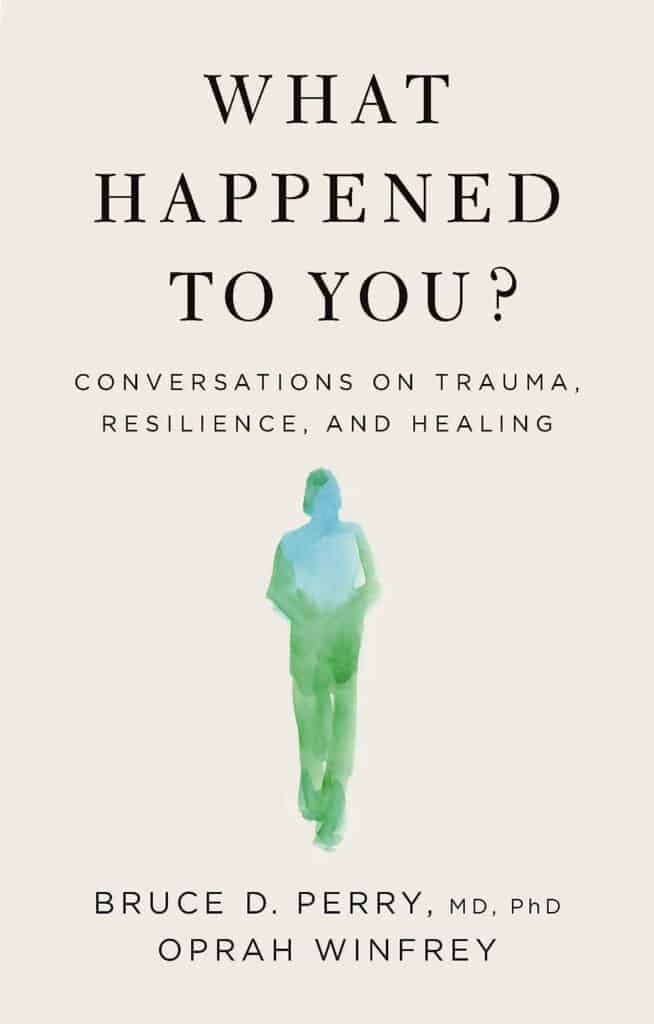
What Happened to You by Bruce Perry and Oprah Winfrey
I couldn’t put this book down — the stories that Perry and Winfrey told knit together the concepts of trauma and healing in a deep, resonating way. Excellent.
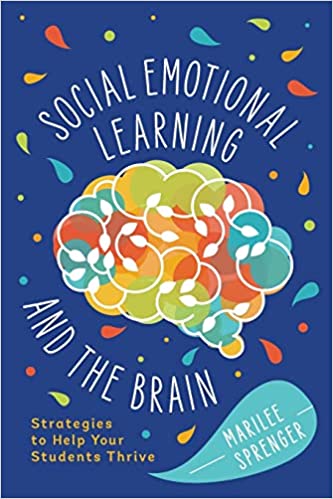
Social-Emotional Learning and the Brain: Strategies to Help Your Students Thrive by Marilee Sprenger
A bit of brain science with practical tips, this book is a helpful introduction.

How the Brain Learns by David A. Sousa
I’m a big fan of Sousa’s books. Now in its sixth edition, this book helps educators understand the brain, how it processes information, how it retains and learns, and connects it all to classroom practices for math, reading, and the arts. He’s added a new chapter to specifically address supporting social-emotional learning in the classroom.
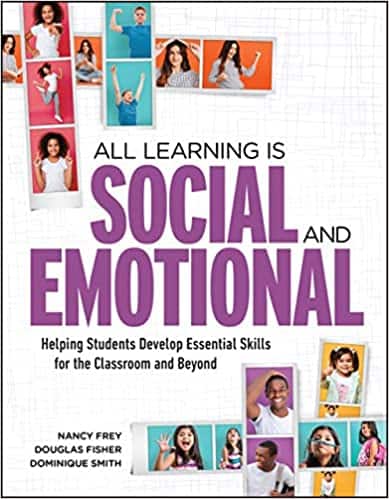
All Learning is Social and Emotional by Nancy Frey, Douglas Fisher, and Dominique Smith
Don’t you LOVE this title!? These researchers share ideas to help integrate SEL principles into the classroom.
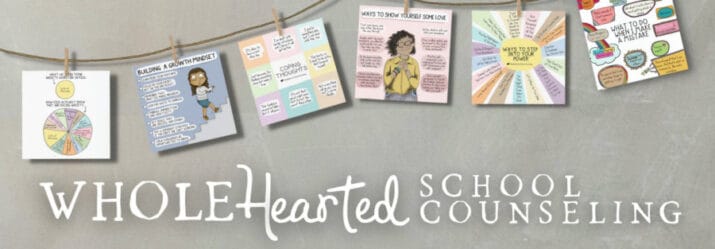
Whole Hearted School Counseling
This isn’t a book but it is a helpful resource on Facebook for parents and teachers written by a school counselor.
What else?
What other resources do you recommend? Share in the comments!
P.S.
- There are NO quick fixes. Anything SEL takes time.
- I highly recommend therapy. If we can be our best selves, we can help more students. I don’t know you but I know that we all have wounds and past issues. To me, the time and cost of therapy pay off in numerous ways long term. (I personally have found the most healing and transformation with Internal Family Systems and Somatic Experiencing. I also recommend reading The Body Keeps the Score by Bessel van der Kolk, M.D.)
- Self-care is not bubble baths. While that’s nice, it won’t filling your emotional reserves. Instead, do daily things to regulate your nervous system. I like to put on music so I can dance and sing while making dinner. See the Regulatory Activities list above.
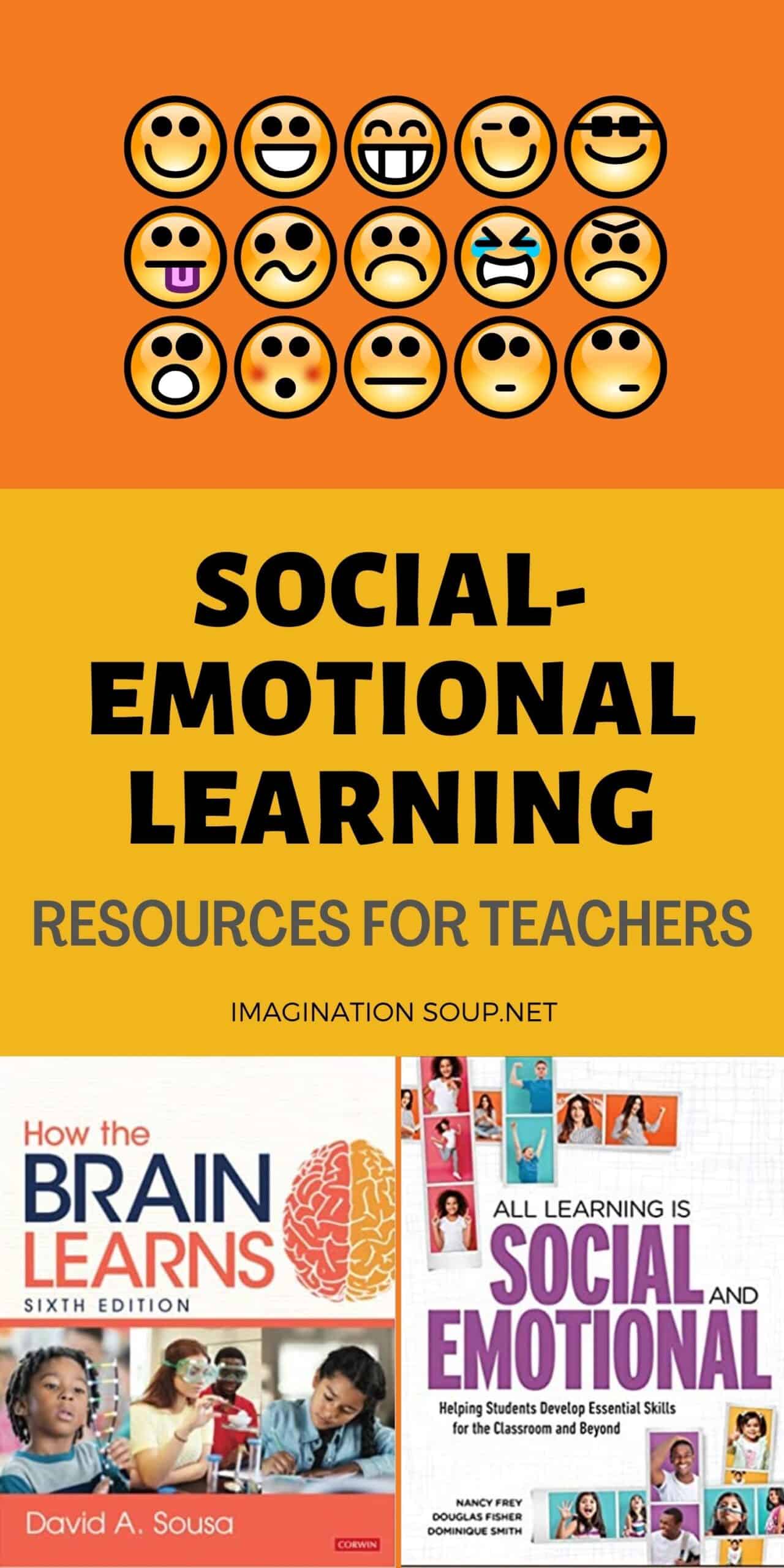
KEEP READING

